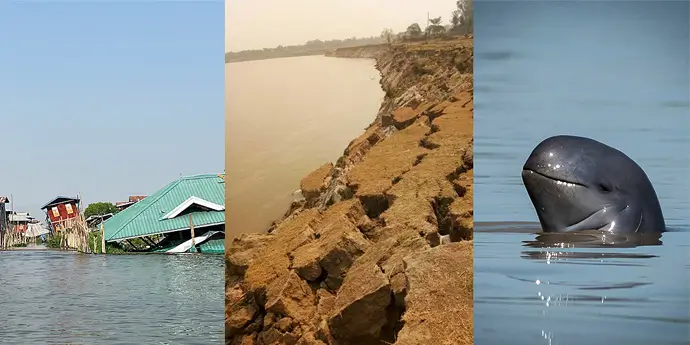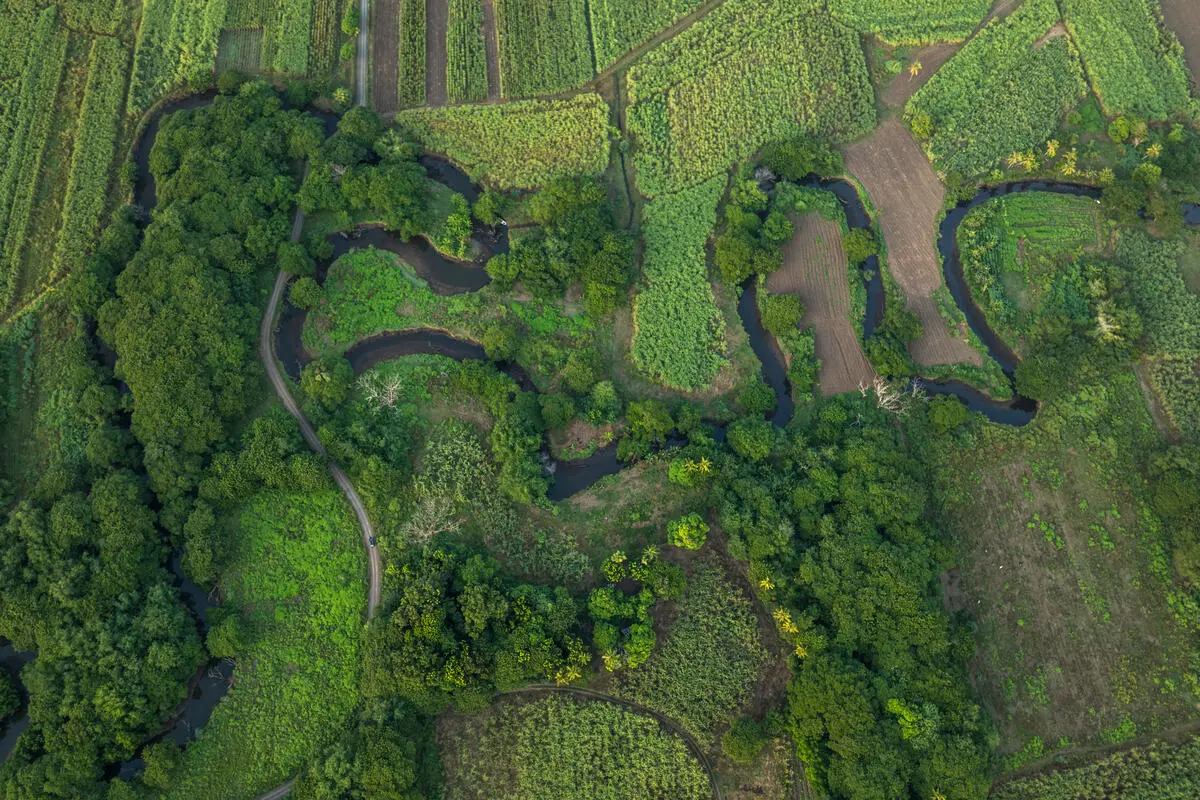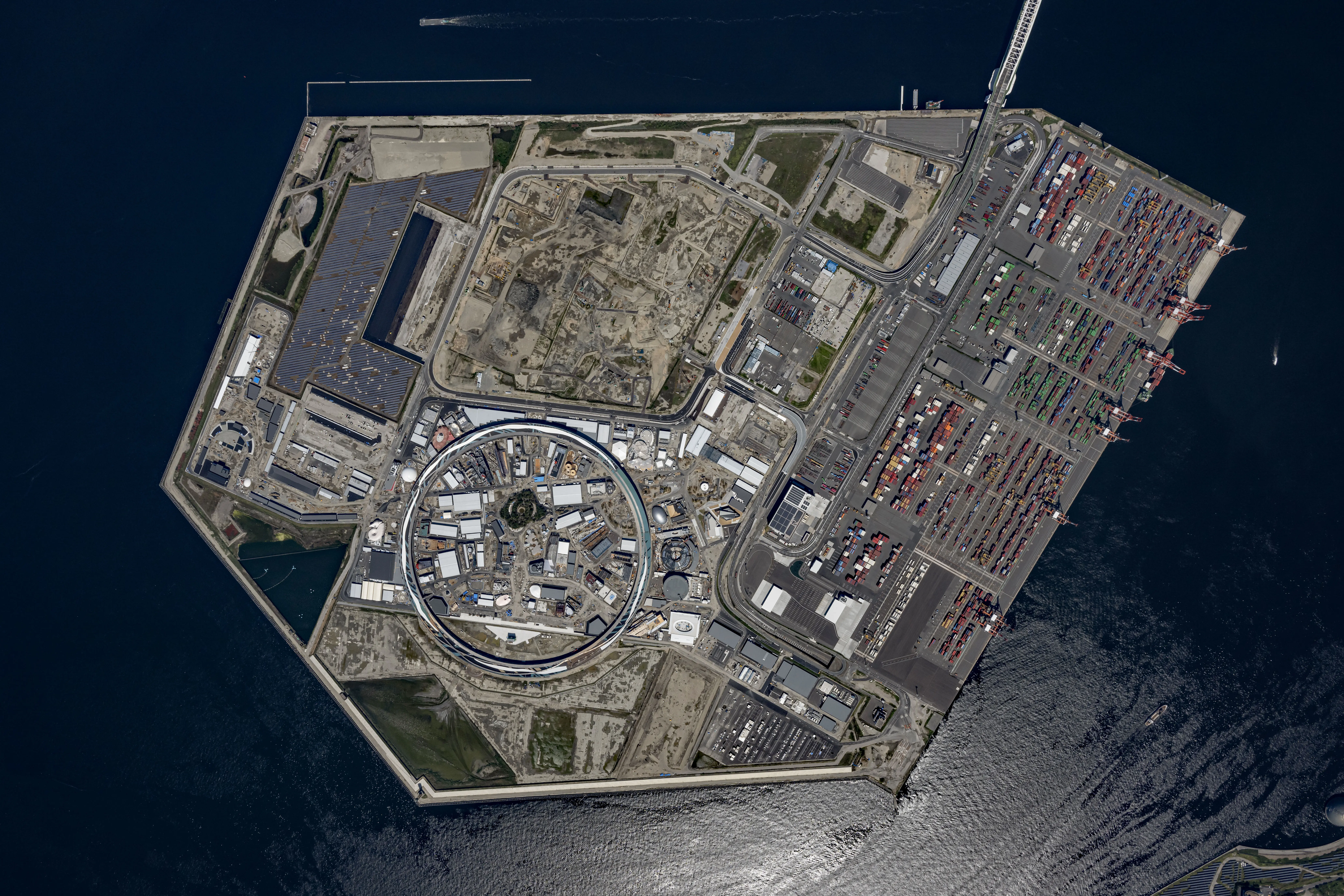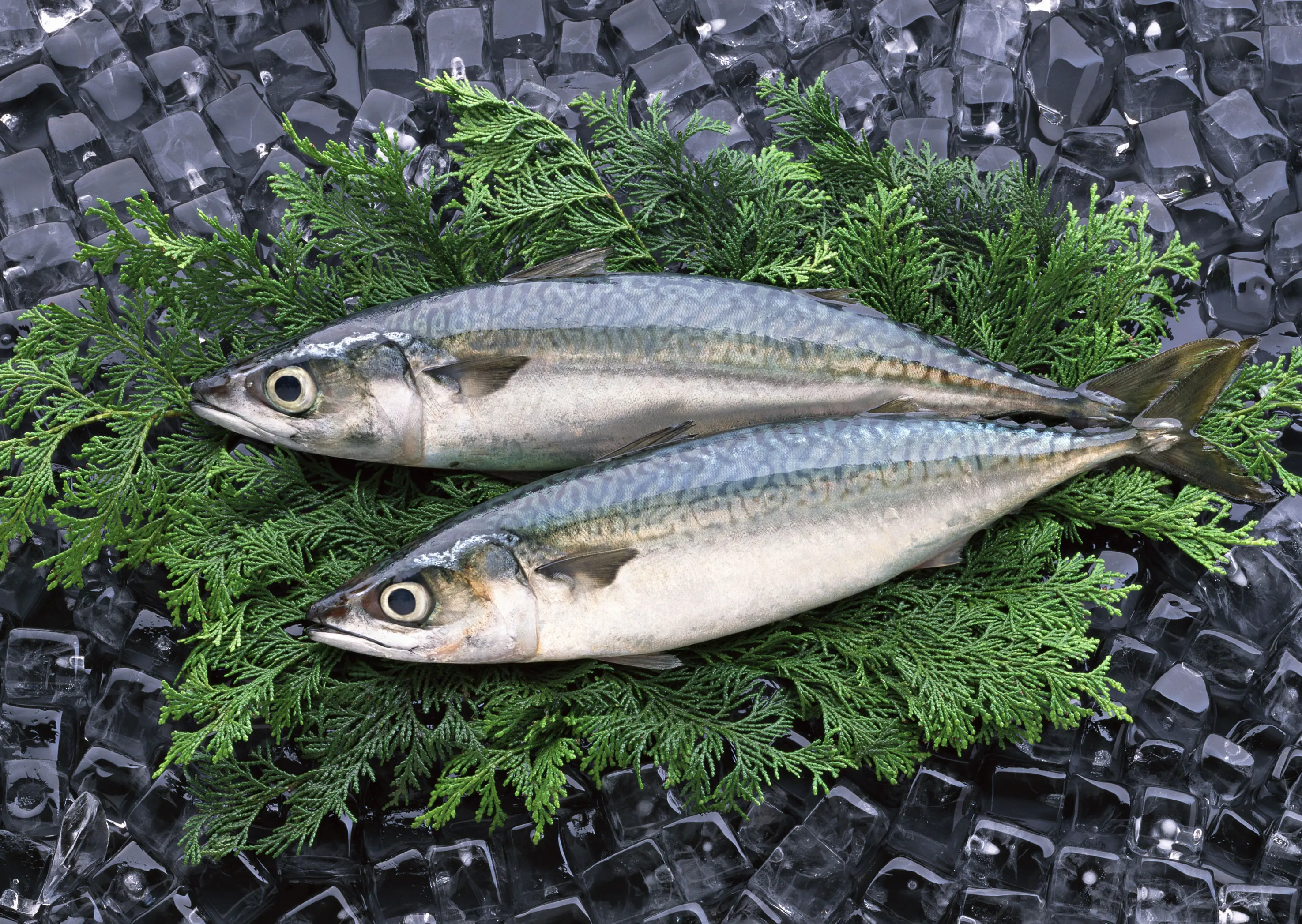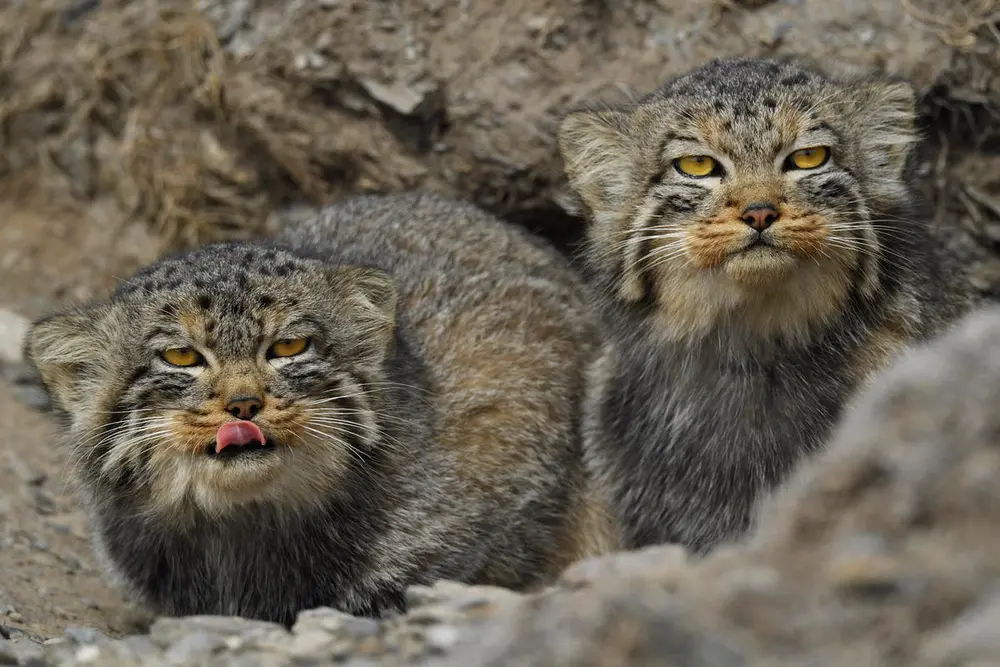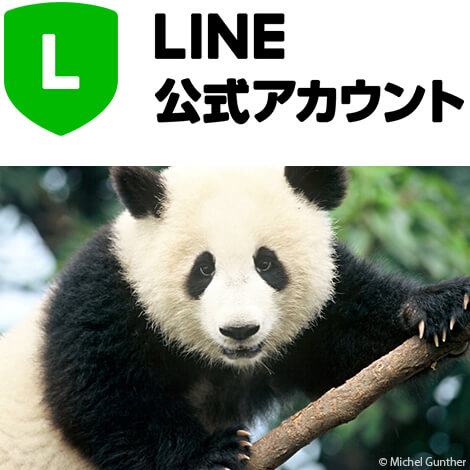Yellow Sea Ecoregion
2014/10/20
Index
Introduction and Overview of Yellow Sea Ecoregion
- Geography and climate
- Biodiversity of Yellow Sea
- Vanishing Nature in Yellow Sea
- References for Yellow Sea Ecoregion Support Project
Yellow Sea Ecoregion Support Project
- EBM and CBM approaches
- Background of the Project
- Support Structure for Project
- Goals of the Yellow Sea Ecoregion Support Project
- Framework of Project (2007-2014)
- Results of the Yellow Sea Ecoregion Support Project
Additional Materials about YSESP
YSESP Partners
Introduction and Overview of Yellow Sea Ecoregion
Geography and climate



The Yellow Sea Ecoregion(YSE) has one of the largest continental shelves around the world; however, the region used to be dry land. The last glacial cycle brought dramatic environmental changes to the area, such as the Holocene marine transgression, which flooded the region, creating the Yellow Sea (Kim et al., 2000). At present, the YSE is a large inland sea with a total area of 458, 000km². It is located between longitudes 117°and 126°, and latitudes 31°and 41°, and surrounded by continent of China and the Korean peninsula. Reaching less than 200m at its deepest point, the average depth of the Yellow Sea is 46m; the Bohai Sea to the northwest, by contrast, averages just 26m (Barter, 2002).
This vast sea is mainly composed of water from the Yellow River, Yalu River and Yangtze River, three of China's major waterways. It also receives output from such major Korean rivers as the Keum (Geum) River and Nakdong River (Moores et al., 2001), as well as sand, mud and other types of sediment, which come as a result of water influx. The Yellow River in particular, which is the second longest river in China, has the largest amount of sediment loading in the world and accounts for the majority of the sediments accumulated in the Sea. These sediments also form a large number of intertidal flats on the Yellow Sea, covering an area of approximately 20,000km² (Barter, 2002). In total, the annual amount of influx from rivers is 1,500 billion tons of water with more than 460 billion tons of rainfalls and 1.6 billion tons of sediments (UNDP/GEF, 2013).
The Yellow sea extends broadly and is meteorologically located between the subtropical Pacific Low and the Siberian High. Accordingly, while the mean temperature in July is 24°C in the north and 28°C in the south, the average temperatures in January are is -8°C and -4°C, respectively. The average sea surface temperatures also drop in winter, falling between -2°C and 0°C in January and February. Because of this cooling, the surfaces of Liaodong Bay, Bohai Bay, northern Korea Bay and the areas around the Yalu River Estuary freeze for a couple of months every year. As spring comes closer and the temperature rises, the ice breaks up and begins to drift. There is a large amount of drift ice - up to 35 cm in thickness - found in the Bo Hai Sea, the northern part of Korea Bay and around the Changshan Peninsula (Barter, 2002).
>>> Index
Biodiversity of Yellow Sea



The Yellow Sea Ecoregion is noted for an extremely high biodiversity. Marine mammals are at the top of the food chain and have a very significant impact on the ecosystem. Inhabitation of many such mammals, including whales, dolphins, seals, and otters, are confirmed in this region.
It is particularly an important area of the East Asian-Australasian Flyway (EAAF), one of the nine major flyways on the Earth. Many migratory birds benefit from it. (BirdLife International, 2014)
Nine species of sea birds and 173 species of water birds come to rest in Chinese territory and 162 species of water birds rest in Korea. (Eco-Horizon Institute, 2012: 2p)
In total, about two million migratory birds, if not more, visit the ecoregion when going north and about one million when going south. This fact clearly indicates that the region plays an important role as a stopping point. (Barter 2002: viii)
About 339 species of fishes, 100 species of polychaetes, 171 species of mollusks, 107 species of crustaceans, and 22 species of echinoderms are also found in this region. (UNDP/GEF, 2013: 7p)
Rich biodiversity in the Yellow Sea supports the lives of people. China has the world's largest catches from a marine fishery and fish culturing. For example, shellfish are comparatively inexpensive and a valuable source of nutrients for many in China. Shellfish are the most produced marine products, and 75% are produced in the Yellow Sea. (Leng 2014)
>>> Index
Vanishing Nature in Yellow Sea



In the Yellow Sea, which has provided many blessings of nature since ancient times, valuable natural resources are being lost due to environmental destruction.
The area of mudflats has declined by about 37% since 1950 in China and by 43% since 1917 along the coast of Korea. (WWF-Japan)
The major cause is land reclamation, which has transformed the natural coastline into farmland, salt fields, or fish, shrimp, and shellfish farms.
The farms along the coast of the Yellow Sea are as extensive as 630,000 hectares in total, accounting for almost 60% of all farms in China. More salt fields have been reclaimed from mudflats, and about 30% of the mudflats along the coast of China have been converted into salt fields. (WWF-Japan)
This conversion has become a significant issue that may threaten the plants, invertebrate shellfish and shrimp, and birds and mammals that live in the Yellow Sea.
Along the flyway in East Asia and Australia,there are 46 endangered migratory bird species, which is more than any other continent, such as the Americas and Africa-Eurasia, and therefore immediate action is needed.
The decrease in mudflats, coupled with the population concentrations and increased industrialization, causes overgrowth of phytoplankton, resulting in an increase in the frequency and scale of the generation of red tides.
The mechanism is that massive amounts of warm domestic and industrial wastewater with nitrogen and phosphorus flow into the sea to become nutrients for plankton, which causes the loss of mudflats and a decline in the number of clams that eat plankton.
As a result of increased red tides, a massive number of fish and shellfish are killed. In addition, some of the plankton are known to have toxins. The danger is that the toxins accumulate in the shells and fish eaten by humans and seabirds.
Overfishing has become a significant problem in recent years. The ecoregion is one of the richest seas with outstanding fishery resources. The ocean is also one of the most overfished areas due to the development of the economy and fishery technologies.
This has become a significant factor in the depletion of resources as well as environmental deterioration. In addition, large-scale fishery accelerates the problem because it uses large drift nets along the coast or around the mouth of the Yangtze River to unintentionally capture fish and mammals that need not to be caught.
>>> Index
References for Yellow Sea Ecoregion Support Project
- Barter, M.A. 2002. Shorebirds of the Yellow Sea: Importance, threats and conservation status. Wetlands International Global Series 9. International Wader Studies 12. 104pp.
- BirdLife International. Conservation of Migratory Birds. BirdLife International. http://www.birdlife-asia.org/action/flyway.html (18/04/14)
- Eco-Horizon Institute, WWF, KIOST and Panasonic. 2012. Promise for the Conservation of Biodiversity in the Yellow Sea. Yellow Sea Ecoregion Conservation Project. 12pp.
- WWF-Japan. Environmental Problems in the Yellow Sea Ecoregion. WWF-Japan.
- /activities/2009/01/671214.html (18/04/14)
- UNDP/GEF. 2013. Reducing Environmental Stress in the Yellow Sea Large Marine Ecosystem, Special Meeting of the Project Steering Committee for the UNDP/GEF Yellow Sea Project.
>>> Index
Yellow Sea Ecoregion Support Project
EBM and CBM approaches
Ecosystem-Based Management (EBM)

EBM takes human and ecosystem into consideration and comes out to address the increasing dilemmas in environmental protection and economic development. EBM regards humans as part of ecosystem and plans ecosystem building and socioeconomic development as a whole, to guide major stakeholders to engage and cooperate in the course of management. The objects under management are not limited to ecosystem itself, but more importantly include human activities. Management units are divided by the border of each individual ecosystem instead of administrative demarcation.
Community-Based Management (CBM)

CBM is known by a number of different names, including "community-based conservation" and "community-based natural resource management." It has been applied in a variety of areas, including marine resources, farming, forestry, land and water resources. The concept was first formulated by Dr. Elinor Ostrom of Indiana University, who reasoned that public assets such as forests, irrigation systems and marine resources could be depleted by overuse if left to management under market functions, and that this problem could be averted by an approach of collaborative, autonomous management by the community rather than government controls.
>>> Index
Background of the Project
WWF Japan kicked off the Yellow Sea Ecoregion Planning Programme in April 2002 to conserve the Yellow Sea, which is one of the most important seas on Earth.
One of the significant achievements of this program is the first biodiversity map in the Yellow Sea region titled the Potential Priority Area Map of the Yellow Sea Ecoregion (Japanese, English, Chinese, and Korean versions available).
The map is prepared in collaboration with NGOs and research institutes in Japan, China, and Korea to clarify particularly important areas in the Yellow Sea and place priority on the conservation of these areas.
Twenty-three Potential Priority Areas (PPAs) in the Yellow Sea Ecoregion have been selected for inclusion on this map.
The method was to select important habitats for each of six classifications of organisms: 1) mammals, 2) birds, 3) fish, 4) coastal mollusks, 5) coastal plants, and 6) marine algae to develop six individual maps and then overlap them.
By doing so, it has become evident which part in the vast ecoregion should be prioritized in the conservation process to achieve effectiveness and efficiency.
In September 2007, the Yellow Sea Ecoregion Support Project was launched with assistance from Panasonic Corporation.

[Figure 1] Yellow Sea Ecoregion and 23 potential priority areas
>>> Index
Support Structure for Project
Fully utilizing each organization's own experience, WWF Japan, WWF China, and the Korea Institute of Ocean Science and Technology (KIOST) worked together to carry out the Yellow Sea Ecoregion Support Project with cooperation from other groups, institutes, and corporations and with support by Panasonic.
Panasonic is the first corporate supporter in Asia including Japan, an international corporate partner accredited by WWF International.
Funded by the Global Environment Facility (GEF), the United Nations Development Program (UNDP) launched the UNDP-GEF Yellow Sea Project in the same region to execute environment conservation policies for the whole region in cooperation with the Chinese and Korean governments.
In an official partnership with UNDP, WWF combined WWF's activities to conserve the coastal region with UNDP efforts to establish policies for environmental conservation in a broader region in a comprehensive way.


[Figure 2] The YSESP implementation structure
>>> Index
Goals of the Yellow Sea Ecoregion Support Project
In the Yellow Sea Ecoregion Support Project, we have worked individually or in collaboration with interested parties under the following future vision and objectives. During the activity period, we have focused on the achievement of the objectives below and worked to conserve globally important organisms and habitats in the Yellow Sea together with governments, research institutes, local communities, and NGOs.
The YSESP is expected to work to achieve the following vision and goals, both on its own and with other stakeholders. Through its lifetime, it is expected to contribute to achieve objectives, serving as a platform that connects governments, research institutions, local communities and NGOs and cooperates with them in order to conserve internationally important species and habitats in the YSE.
Future vision
All interested parties involved in the Yellow Sea Ecoregion, from local communities to the national governments, can continuously enjoy the economic benefits and other ecosystem services by learning to prevent the further loss of biodiversity and an effective way to conserve the habitat and environment.
Objectives
(Comprehensive influence)
- Enhancement of effective habitat management capability using zoning, such as MPA
- Establishment of a system that enables promotion of habitat management and fundraising
- Reduction of threat against the habitats and organism species in Potential Priority Areas (PPAs)
(Influence on people)
- Increased number of regional leaders who have a good understanding of the importance of biodiversity in PPAs and are committed to habitat management
- Maintenance of an ecoregion learning center regarding habitat management
- Establishment of a working-level administration network regarding habitat management and information dissemination/enlightenment
Purposes
- Continuous use of improved dissemination/enlightenment techniques of the subsidized groups
- Increased awareness of users and managers of the habitats and organism species in PPAs
- Implementation or adoption of the plan of improved zoning
- Improved management effectiveness in the demonstration site MPAs
- Maintenance of the learning center through involvement in government policies and mechanisms
>>> Index
Framework of Project (2007-2014)
The Yellow Sea Ecoregion Support Project is an international long-term environmental conservation activity launched in 2007 for completion in 2014. This project roughly consists of three phases:
Stage 1 (August 2007 to March 2010)
Subsidizing local conservation activities
WWF invited and supported the implementation of conservation plans along the coast of the Yellow Sea in China and Korea to which local communities were committed. The themes of the activities were information dissemination, enlightenment, and habitat conservation. To apply for a subsidy, an individual or citizens' group must declare that the activity represents a city that has a PPA specified in the Potential Priority Area Map of the Yellow Sea Ecoregion. WWF subsidized the selected entity (either individual or group) and provided learning opportunities where they could exchange their experience and information.
The YSESP small grant scheme (2007 -2008) supported the activities of 16 conservation groups within the PPAs in China and Korea such as environmental education and civil monitoring Also, the exchange programme of grants recipients organized on this stage has helped by not only enhancing the capacity building (e.g. skills of public awareness activities utilizing digital camera) of each group but by also providing the opportunity to reconfirm the importance of networking in terms of ecology and social. Project participants were also able to gather a variety of information about the status of high-conservation value areas, key stakeholders, conservation methodology and its overall effectiveness once applied. This small grant scheme was designed for small grant recipients to continue to use improved skills and to enhance awareness of key stakeholders such as local managers and resource users of habitat and species of PPAs.

[Figure 3] Small grant recipients

[Table 1] List of the YSESP Small Grants Recipients
Stage 2 (January 2010 to March 2013)
Establishing an international activity model
WWF selected model areas, one from China and one from Korea, and developed a conservation effort that reflected the characteristics of the region, utilizing the habitat management method of an international standard. In collaboration with local communities, it discussed how to conserve resources and the environment and managed and established actual management plans. Experience sharing and information exchange continued as in Stage 1 in each region of China and Korea.

[Table 2] Assessment criteria for demonstration site selection in China

[Table 3] Assessment criteria for demonstration site selection in South Korea
Stage 3 (April 2013 to September 2014)
Evaluating activities and transmitting the results to the world
Together with the persons involved in the activities, WWF evaluated the subsidization cases in Stage 1 and the model area cases in Stage 2 and compiled a report. It was published and announced to the world including China and Korea. At the same time, WWF invited similar projects based on the models from wider areas.

[Table 4] Possible assessment ratings

[Table 5] Assessment results (Yalu)

[Table 6] Assessment results (Muan)
Yalu (Demonstration site in China)
In China, with the assistance of a local government, a demonstration site management project based on an ecosystem was implemented. The aim of the project was the conservation and sustainable use of the resource on the mudflats at the mouth of the Yalu River using appropriate means.
In the project, WWF conducted scientific research about the ecological connection among water birds, regional fishing, and benthic organisms in the mudflats. After completion of the three-year research project, the conclusion was that human activities, such as large-scale reclamation, coastal engineering, and the use of pharmaceutical drugs for cultivation, caused the loss of many habitats and the structural damage to the environment.
WWF submitted recommendations based on the results to the Oceanic Fisheries Department of the Liaoning Province Government, which agreed that they would take the recommendation into consideration when promoting sustainable fishery, introducing zoning management, and developing regulations.

[Figure 4] Ecological linkage between benthos ecosystem and shellfish farming
Muan (Demonstration site in Korea)


The Muan mudflat is a demonstration site in Korea, where a reclamation plan was developed in the 1990s but withdrawn due to strong resistance by local residents. Later, it was selected as the first mudflat conservation area in Korea, and the Muan Mudflat Ecology Center was built by the local government.
However, there was only a small opportunity to help local residents understand the importance of biodiversity on this mudflat, and their participation in conservation activities was very rare. For these reasons, the demonstration was designed to improve the effectiveness of management through active participation of local community members.
This activity created an opportunity to produce a folk drama about people living near the mudflat and to develop citizen monitoring, education, and eco-tour programs through the close partnership of the local government, communities, and experts to facilitate the active participation of local residents.

>>> Index
Results of the Yellow Sea Ecoregion Support Project
Through the activities at the demonstration sites, the seven-year project was successful in giving practical knowledge about the effectiveness and importance of EBM and CBM from the viewpoint of the promotion of a sustainable fishery and participation by local community members.
The EBM and CBM approaches both emphasize the recognition of ecological/social networks and the maintenance of a mutually complementary relationship. The YSESP didn't choose their strategy to simply appeal to the protection of tidal wetlands as food sources or breeding grounds of vulnerable shorebirds. Through the demonstration site activity at the YRE, China, the LOFSRI scientifically ascertained the ecological and social network of shorebirds, benthic animals and local fishery by regarding the YSE wetland as the basis of the local fishing industry. This point of view helped to involve a wider range of stakeholders in the promotion of sustainable resource use and its objective management. The participation of multiple stakeholders is important and necessary for achieving CBM with limited resources. At the same time, however, communities do not spontaneously cooperate with such projects; the existence of a good coordinator determines a project's success. A good coordinator is a (substantial) planner of the activity who investigates the interests and strengths of all the key stakeholders, urges participation and develops a strategy. As a coordinator of the Muan demonstration site activity, EHI have played an indispensable role. Regarding the network maintenance in the YRE, it is expected that local authorities will adopt the policy recommendations and help the local community to promote sustainable fishing. In Muan, the development and trial of various environmental education programmes for local students are expected to help impart on to the next generation the experience and know-how of co-management strategies such as civil monitoring and eco-tourism.
All countries along the YSE have adopted the CBD-COP10 Aichi Biodiversity Target 11 in October 2010, which says that, by 2020, at least 10 per cent of coastal and marine areas should be conserved through effective and equitable management, should operate with ecologically representative and well-connected systems of protected areas and other effective area-based conservation measures and should be integrated into the wider seascape. In September 2012, IUCN WCC adopted resolution 28, which encourages governments along the East Asian-Australasian Flyaway (EAAF) to achieve effective management - that is, to develop national and international action plans by 2014 that focus on agreeing on the key sites for endangered birds before 2020 - of at least 10 per cent of the intertidal zone, designating them as sustainably managed protected areas. The YSESP expects the international conservation community to utilize the methodology, achievement and lessons learned from the two YSESP demonstration sites as models of effective management.

>>> Index
Additional Materials about YSESP
English
Chinese
Embrace the tide
Korean
>>> Index
YSESP Partners
- Panasonic Corporation (ENG)
Panasonic Corporation (JPN) - Panasonic Corporation China
- Panasonic Corporation Korea
- Ocean & Fishery Department of Liaoning Province (OFDLP)
- Muan County
- UNDP / GEF YSLME
- WWF-China
- Liaoning Ocean and Fisheries Science Research Institute (LOFSRI)
- Korea Institute of Ocean Science and Technology (KIOST)
- Eco-Horizon Institute (EHI)
>>> Index























